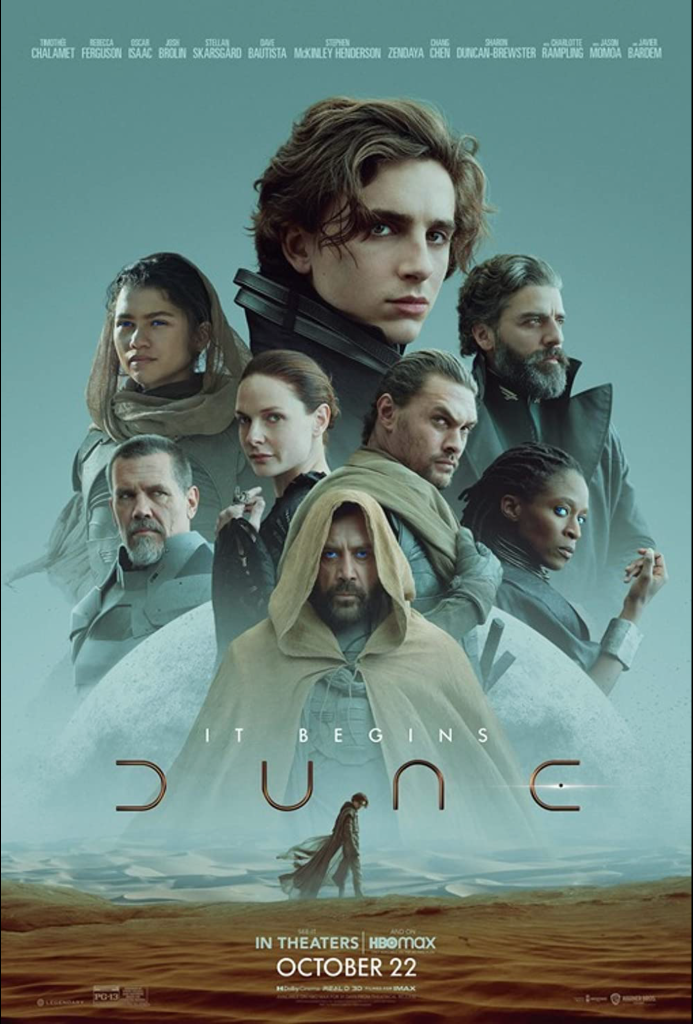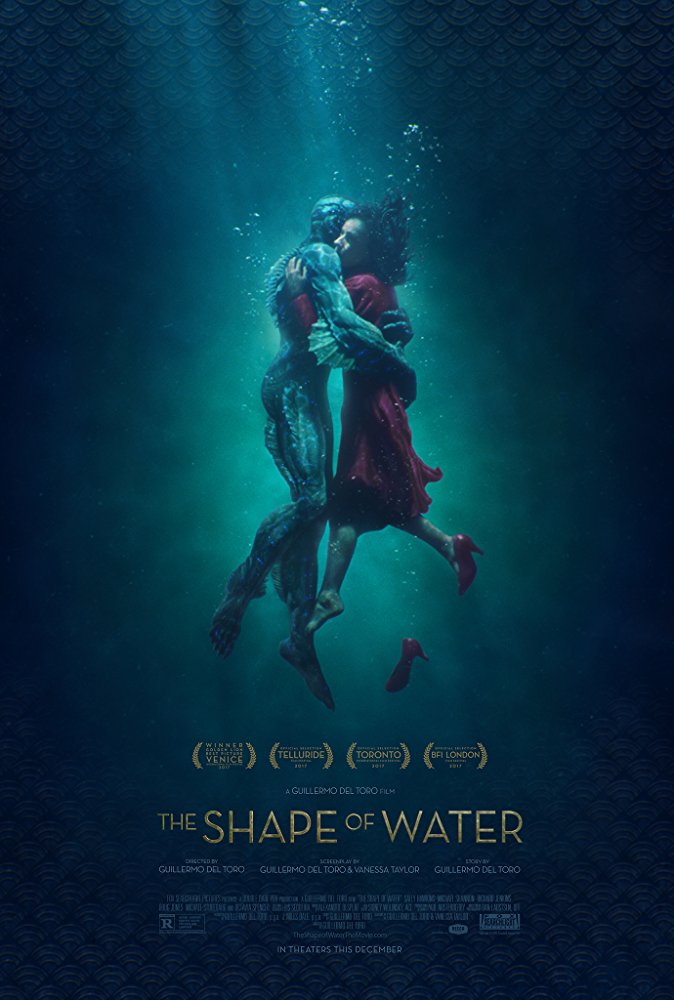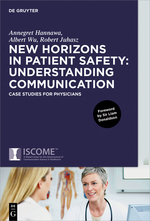The Thirsk Film Festival ran over the August Bank Holiday weekend (25-28 August) 2017. The theme for the festival was “Yorkshire”, with each movie being either made or set or both, in Yorkshire. In this edition of my “Films of my life” blog, I will review each of the 13 movies scheduled to be shown at the festival.
Friday evening
 The festival opened, appropriately enough, with “It Shouldn’t Happen To a Vet” (1976) based on the life and books of local vet, James Herriot. So, what better way to kick off the festival, than with a film set in Thirsk?
The festival opened, appropriately enough, with “It Shouldn’t Happen To a Vet” (1976) based on the life and books of local vet, James Herriot. So, what better way to kick off the festival, than with a film set in Thirsk?
I vaguely remember going to see this movie in the spring / summer of 1976 and at the time Herriot was one of the biggest selling authors in the UK (and very popular in the US). I spent a lot of that summer staying with my aunt, uncle and cousins at their caravan near Thirsk. It was a very hot summer (the year of the drought) and as I read some of Heriot’s books and played in the sun, I fell in love with the North Yorkshire countryside he described. It is so different to Tyneside. It was no surprise to me that I eventually settled here
We could only see a digital copy of the VHS source (as the rights-holder has died) because the Ritz is a non-profit organisation. Even though the presentation was not up to 4K standards of 2017, the charm of the movie shone through.
Rating: Movie (3/5) – Charming. Old fashioned but funny
Yorkshireness (5/5) – Stunning Dales locations and “real” North Yorkshire farmer characterisation
Saturday
The first full day of the festival kicked off with a childhood favourite of my wife, Gill (and many others) The Railway Children (1970). I remembered it mostly as the one 70s movie where Jenny Agutter keeps her clothes on!
Movie: 4/5 – A children’s classic, but very much a child’s perspective
Yorkshireness: 7/10 – Beautiful West Yorkshire locations and supporting characters
 Next was My Summer of Love (2004)
Next was My Summer of Love (2004)
I saw this movie on its release and I remember it well. Emily Blunt is excellent in one of her first movies in this coming-of-age film, but newcomer Helen Cross really stands out, There relationship feel genuine and the Calderdale locations remind me of the 7 years we lived there.
Movie: 4/5 -An affecting coming of age movie
Yorkshireness: 5/10 – Wonderful Yorkshire locations but the characters could come from anywhere.
This was followed by the classic Kes (1969), which was shown in a beautiful, restored presentation.
Movie: 5/5 – Melancholic story. The school scenes are a vivid reminder of the time
Yorkshireness: 10/10 – Authentic people in a real, but now gone (mining), community.
Next was perennial favourite (recently produced as a stage play) Calendar Girls (2004). . The first half about making the calendar is excellent, but the second half about promoting it in Hollywood may be true but feels like it is there to attract an American audience.
Movie: 3/5 – Funny and moving, especially in the first half
Yorkshireness: 7/10 – Beautiful Skipton locations but we only really see the WI and their husbands
“God’s Own Country” is the perfect companion to “It Shouldn’t Happen to a Vet”, covering the same people but in a very different way.
 Lastly, there was a première – God’s Own Country (2017) – yet to go on general release. I really enjoyed this moving film about the loneliness of being a Hill farmer. The performances are superb and the locations are both bleak and beautiful, but this film feels incredibly authentic. Definitely a film of the year for me, and one I would like to see again when it goes on general release.”God’s Own Country” is the perfect companion to “It Shouldn’t Happen to a Vet”, covering the same people but in a very different way. They bookend the same situations, but the is when’re the similarity ends
Lastly, there was a première – God’s Own Country (2017) – yet to go on general release. I really enjoyed this moving film about the loneliness of being a Hill farmer. The performances are superb and the locations are both bleak and beautiful, but this film feels incredibly authentic. Definitely a film of the year for me, and one I would like to see again when it goes on general release.”God’s Own Country” is the perfect companion to “It Shouldn’t Happen to a Vet”, covering the same people but in a very different way. They bookend the same situations, but the is when’re the similarity ends
Movie: 5/5 – Affecting, realistic depiction of hill farming life in Yorkshire. Great performances.
Yorkshireness: 10/10 – Grim and beautiful, the (North?) Yorkshire locations are superb and the characters are genuine Yorkshire – good and bad attitudes
Sunday
Billy Liar (1963) kicked off the third day of the festival. At the risk of heresy, I think this movie is overrated. Imaginative and funny in parts certainly, but the character arc of Billy is poor, so there is little justification for his actions. Peter Bradshaw of the Guardian shares my disappointment for the same reasons.
Movie: 2/5 – Imaginative but unsatisfying
Yorkshireness: 10/10 – This is a Northern kitchen-sink drama set around Leeds. However, the characters come across as proper Yorkshire
Next we had Brassed Off (1996) another film I haven’t seen in a long time, but one that represents its time and place perfectly – 1990s Yorkshire and the death throes of the mining industry.
Movie: 4/5 – realistic characters, but the anti-Thatcher politics may upset some
Yorkshireness: 10/10 – from the small mindedness to the sense of community, this is another authentic portrayal of a Northern mining town
A Private Function (1984) also captures a sense of time and place – this time it is post-war austerity Yorkshire. The portrayal of class prejudice and social ambition may be of its time (1947), but there are also some genuine people to be found amongst the pigs.
Movie: 4/5 – Very funny in parts, with Liz Smith in a career making role
Yorkshireness: 5/10 – Apart from the accents, I’m sure that this story could have been set anywhere in post-war Britain
Inbred only represents real Yorkshire if the the pub (The Slaughtered Lamb) in “An American Werewolf In London” was an accurate description of Yorkshire folk! It is? Ok…

Inbred (2011) was certainly something different. Professionally made but on a low budget, it was a funny, gross, gory tale of North Yorkshire folk in the Vale of York. The scenery was beautiful, even if the gore was not. The visual effects were top notch.
Movie: 3/5 – Good if you like body horror. Think “The (Cleveland) Hills Have Eyes” meets Deliverance near Sutton Bank.
Yorkshireness: 1/5 – Inbred only represents real Yorkshire if the the pub (The Slaughtered Lamb) in “An American Werewolf In London” was an accurate description of Yorkshire folk! It is? OK then perhaps 4/5 is a fairer score.
Monday
Monday started with Leon The Pig Farmer (1992), a film I’d not seen before, but had heard great things about. It may have been acceptable when it was made, but 25 years on it seems to treat the Jewish community in a most stereotypical (almost racist) way. I felt quite uncomfortable.
Movie: 2/5
Yorkshireness: 5/10 – Leon’s “biological” father is played by Brian Glover, and he has a pig farm in Yorkshire. That’s about it.
 The Full Monty (1997) didn’t happen due to technical problems, but the Festival ended on a real high with Andrea Arnold’s raw take on the Emily Brontë classic, Wuthering Heights (2011) . For me, this is the best adaptation of the story I have seen, capturing the bleak beauty of the Yorkshire Moors (Swaledale standing in for Haworth) but the emotional essence of the tragic love affair shines through.
The Full Monty (1997) didn’t happen due to technical problems, but the Festival ended on a real high with Andrea Arnold’s raw take on the Emily Brontë classic, Wuthering Heights (2011) . For me, this is the best adaptation of the story I have seen, capturing the bleak beauty of the Yorkshire Moors (Swaledale standing in for Haworth) but the emotional essence of the tragic love affair shines through.
Movie: 5/5 – Emotionally raw, cinematically bleak
Yorkshireness: 10/10 – Gives a real sense of how difficult life must have been living on the Yorkshire moors at that time.
So there you have it, three days of mostly excellent Yorkshire themed movies. The highlights for me were:
- God’s Own Country
- Wuthering Heights
- Kes
A great festival.








 This (non) super hero origin story really blew me away, and has even more depth when viewed a second time. The music is also superb, but it is Phoenix’ take on the iconic DC villain that is really special. Read my review
This (non) super hero origin story really blew me away, and has even more depth when viewed a second time. The music is also superb, but it is Phoenix’ take on the iconic DC villain that is really special. Read my review 


 The festival opened, appropriately enough, with
The festival opened, appropriately enough, with  Next was My Summer of Love (2004)
Next was My Summer of Love (2004)
 The Full Monty (1997) didn’t happen due to technical problems, but the Festival ended on a real high with Andrea Arnold’s raw take on the Emily Brontë classic, Wuthering Heights (2011) . For me, this is the best adaptation of the story I have seen, capturing the bleak beauty of the Yorkshire Moors (Swaledale standing in for Haworth) but the emotional essence of the tragic love affair shines through.
The Full Monty (1997) didn’t happen due to technical problems, but the Festival ended on a real high with Andrea Arnold’s raw take on the Emily Brontë classic, Wuthering Heights (2011) . For me, this is the best adaptation of the story I have seen, capturing the bleak beauty of the Yorkshire Moors (Swaledale standing in for Haworth) but the emotional essence of the tragic love affair shines through.

